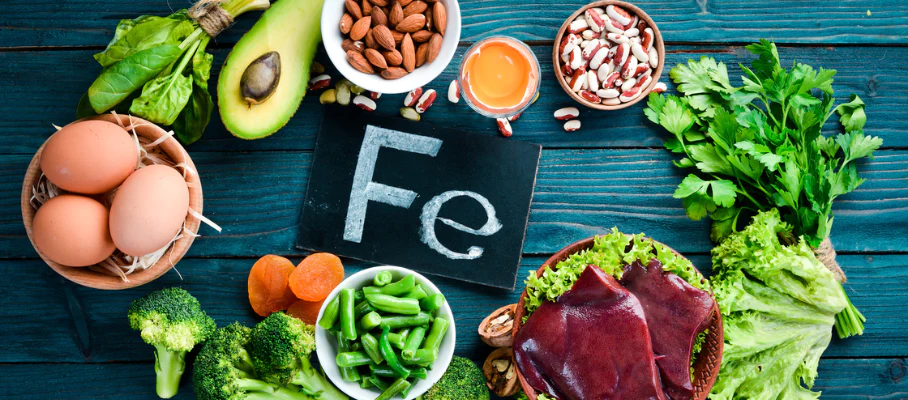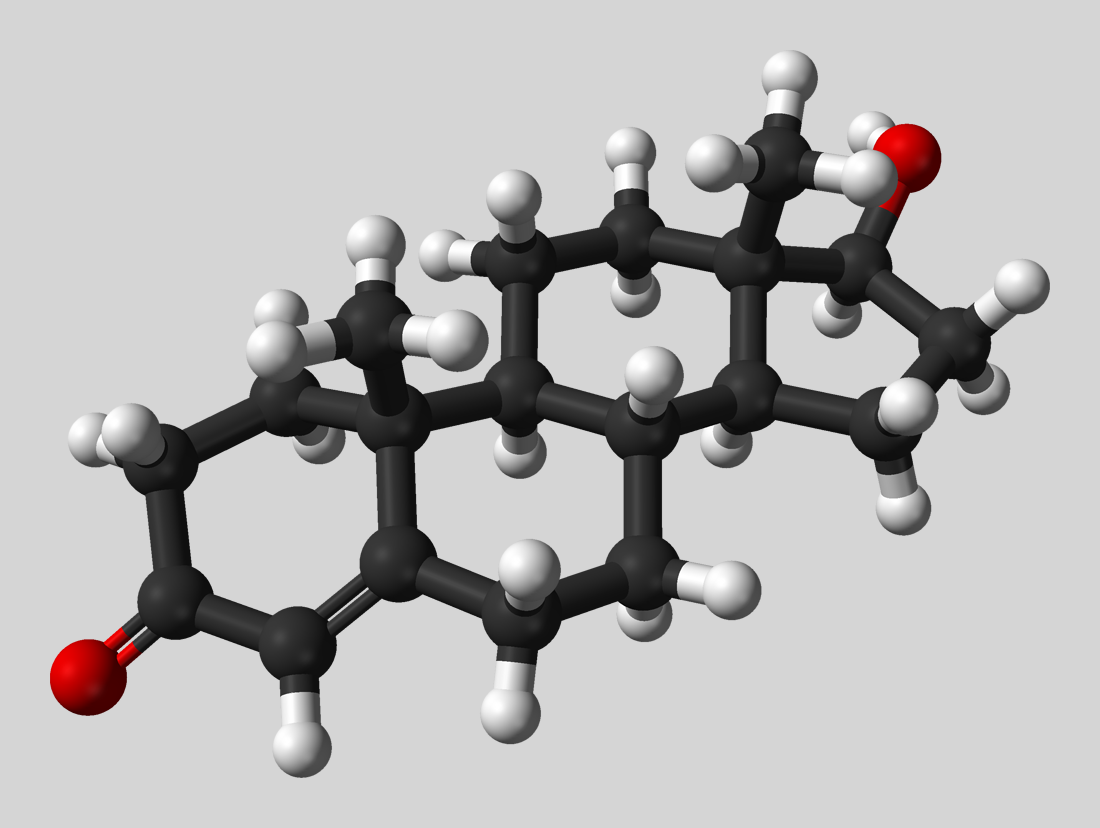Although iron is well understood, iron deficiency remains one of the biggest nutritional deficiencies in the world. Iron deficiency is considered one of the leading risk factors for disability and death worldwide and affects approximately 2 billion people. Iron deficiency results in anemia, a decrease in the total amount of red blood cells in the body or a lowered ability to carry oxygen. This in turn can create fatigue and weakness.
Iron is absorbed from food
In general, as a nutrient, iron is poorly absorbed. There are two types of iron in the diet- heme (mostly from animal sources) and non-heme (found in leafy green plant sources). Non-heme iron is not as well absorbed as heme.
When we ingest iron, it’s first absorbed by the small intestine. From here, one of two things occurs. If iron intake is high, some of the iron will be bound to a storage protein within the small intestine called ferritin. This ferritin may be eliminated in the feces when the cell dies or absorbed into the bloodstream if needed for red blood cell formation or other important functions.
Iron can also be stored in the liver, bound to the protein ferritin. When iron is present in very high amounts, ferritin forms a complex called hemosiderin. Iron loss occurs mainly due to the loss of blood, but otherwise is not readily excreted.
What does iron do for daily health?
Iron is essential for the delivery of oxygen to cells and is an important component of two oxygen-carrying proteins called hemoglobin and myoglobin. Hemoglobin in red blood cells transports oxygen to all of the cells in the body and carries away carbon dioxide to be eliminated by the lungs.
Myoglobin is found in our muscles, and it stores oxygen to enhance the amount available to our muscles to keep them contracting and sustain activity.
Iron also supports many other metabolic processes including DNA synthesis and the production of energy in our cells.
What is iron deficiency?
Iron deficiency is diagnosed when the volume of red blood cells, hemoglobin and ferritin, or serum iron levels are low. Iron is gradually depleted first from stores, then from plasma, and finally from red blood cells.
Women of reproductive age have the highest requirement for iron because of menstrual blood loss. Though menstruation stops during pregnancy, pregnant women have an increased need because of maternal blood volume expansion. Iron deficiency is also common in individuals following a vegan or vegetarian eating plan. These individuals have a higher required intake of iron as they only consume non-heme sources that are poorly absorbed.
Your optimum health takeaway
References:
Abbaspour, N., Hurrell, R., & Kelishadi, R. (2014). Review on iron and its importance for human health. J Res Med Sci, 19(2), 164-174. Retrieved from https://www.ncbi.nlm.nih.gov/pubmed/24778671
Smolin, G., Gurfinkel. (2020). Nutrition: Science & Applications (3rd ed.).
Zimmermann, M. B., & Hurrell, R. F. (2007). Nutritional iron deficiency. Lancet, 370(9586), 511-520. doi:10.1016/S0140-6736(07)61235-5






